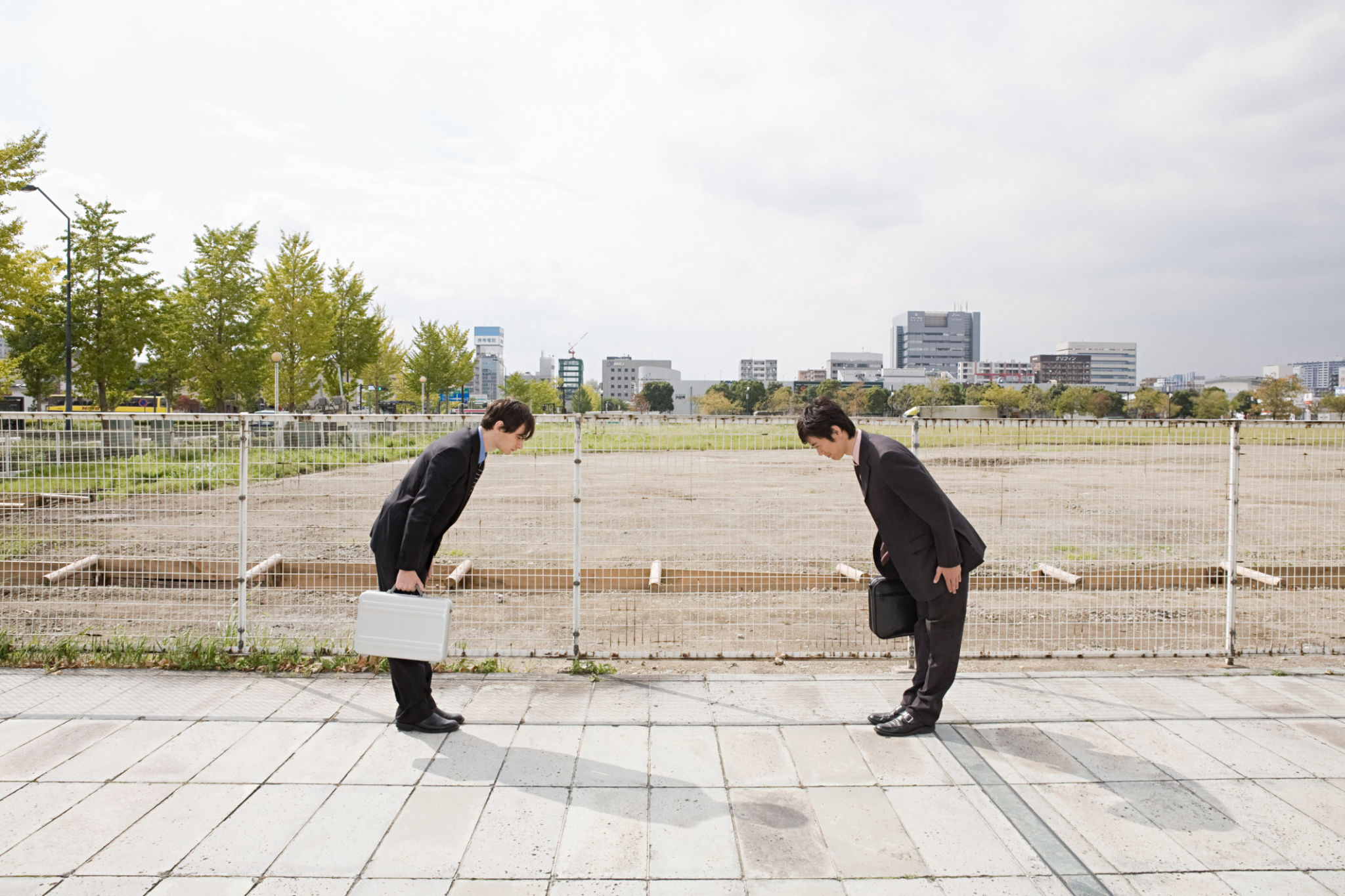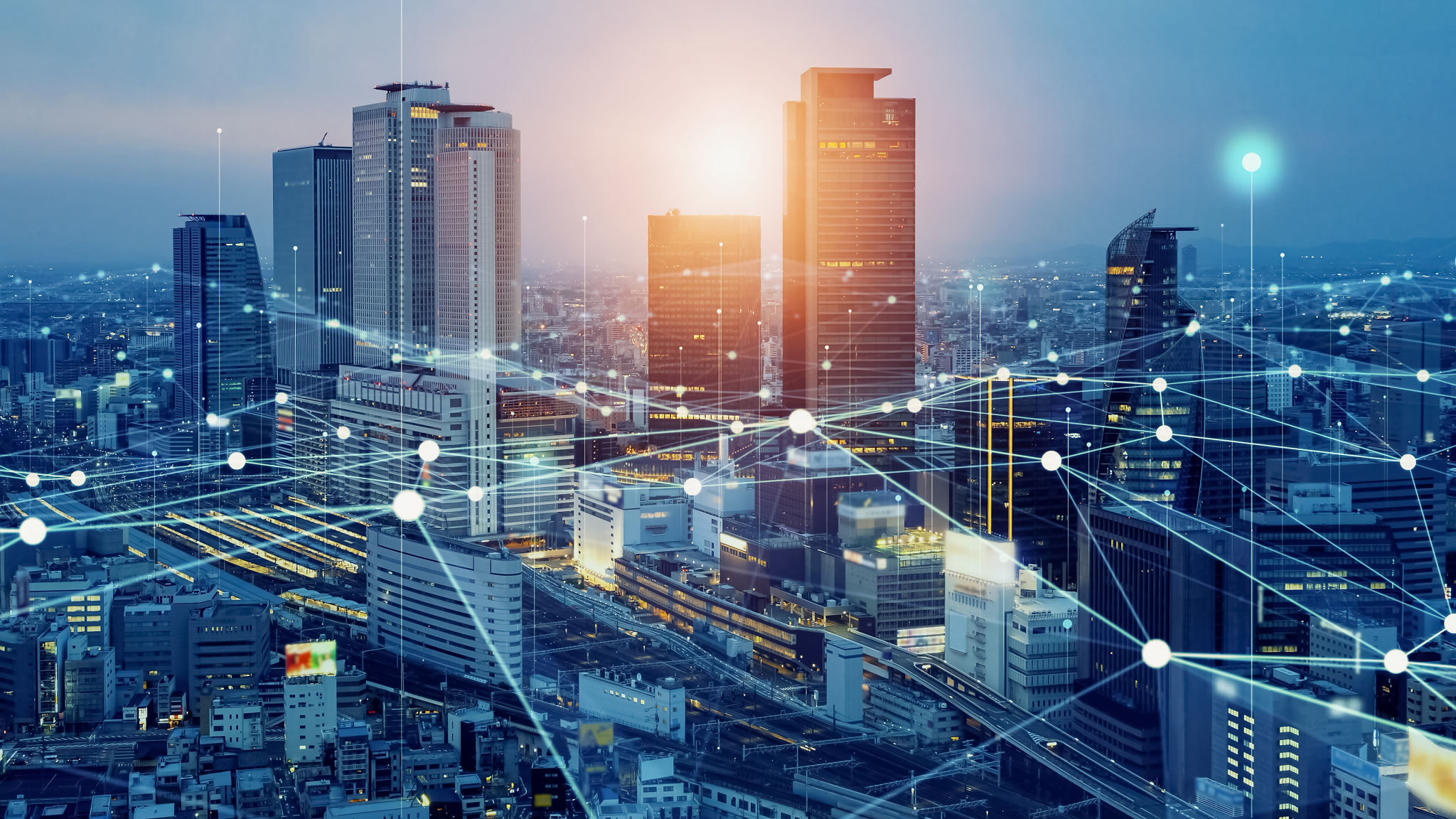Top Construction Trends Impacting Sabah's Industry
Introduction to Construction Trends in Sabah
Sabah, a vibrant state in Malaysia, is witnessing significant changes in its construction sector. These changes are driven by technological advancements, sustainable practices, and innovative design techniques that are reshaping the landscape. Understanding these trends is crucial for industry stakeholders, developers, and investors looking to capitalize on emerging opportunities.

Embracing Green Building Practices
One of the most notable trends in Sabah is the shift towards green building practices. Developers are increasingly prioritizing sustainability, aiming to reduce the environmental impact of construction projects. This involves using eco-friendly materials, implementing energy-efficient systems, and designing structures that minimize resource consumption.
Green building certifications are becoming more prevalent, with developers seeking to demonstrate their commitment to sustainability. This trend not only benefits the environment but also enhances the marketability and value of properties. Buyers and tenants are becoming more conscious of the environmental footprint, leading to increased demand for green buildings.
Technological Advancements
The integration of technology in construction processes is another significant trend impacting Sabah’s industry. With the advent of Building Information Modeling (BIM), project planning and management have become more efficient. BIM allows for better visualization of projects, reduces errors, and facilitates improved collaboration among stakeholders.

Additionally, the use of drones and 3D printing is revolutionizing how construction tasks are carried out. Drones provide aerial surveys and inspections, offering accurate data that enhances decision-making. Meanwhile, 3D printing is paving the way for faster and more cost-effective construction methods.
Urbanization and Infrastructure Development
Sabah is experiencing rapid urbanization, necessitating the development of robust infrastructure to support growing populations. This trend is driving investments in roads, bridges, and public transportation systems to improve connectivity within the state. Such infrastructure developments are critical for economic growth and enhancing the quality of life for residents.
The government is playing a pivotal role in this aspect by allocating funds and planning initiatives that prioritize infrastructure expansion. Public-private partnerships are also emerging as a popular model for executing large-scale projects efficiently.

Modular Construction Techniques
Modular construction is gaining traction in Sabah due to its efficiency and cost-effectiveness. This method involves prefabricating building sections in a controlled factory environment before assembling them on-site. The process significantly reduces construction time and minimizes waste, aligning with sustainable objectives.
Moreover, modular construction offers flexibility in design, enabling developers to meet diverse architectural requirements with ease. This approach is particularly beneficial in urban settings where space constraints demand innovative solutions.
Conclusion
The construction industry in Sabah is undergoing a transformative phase characterized by sustainability, technology adoption, and innovative construction methods. Stakeholders who adapt to these trends stand to gain a competitive edge in the evolving market. As these trends continue to shape the industry, Sabah is poised to become a hub of modern construction practices that set benchmarks for the region.
